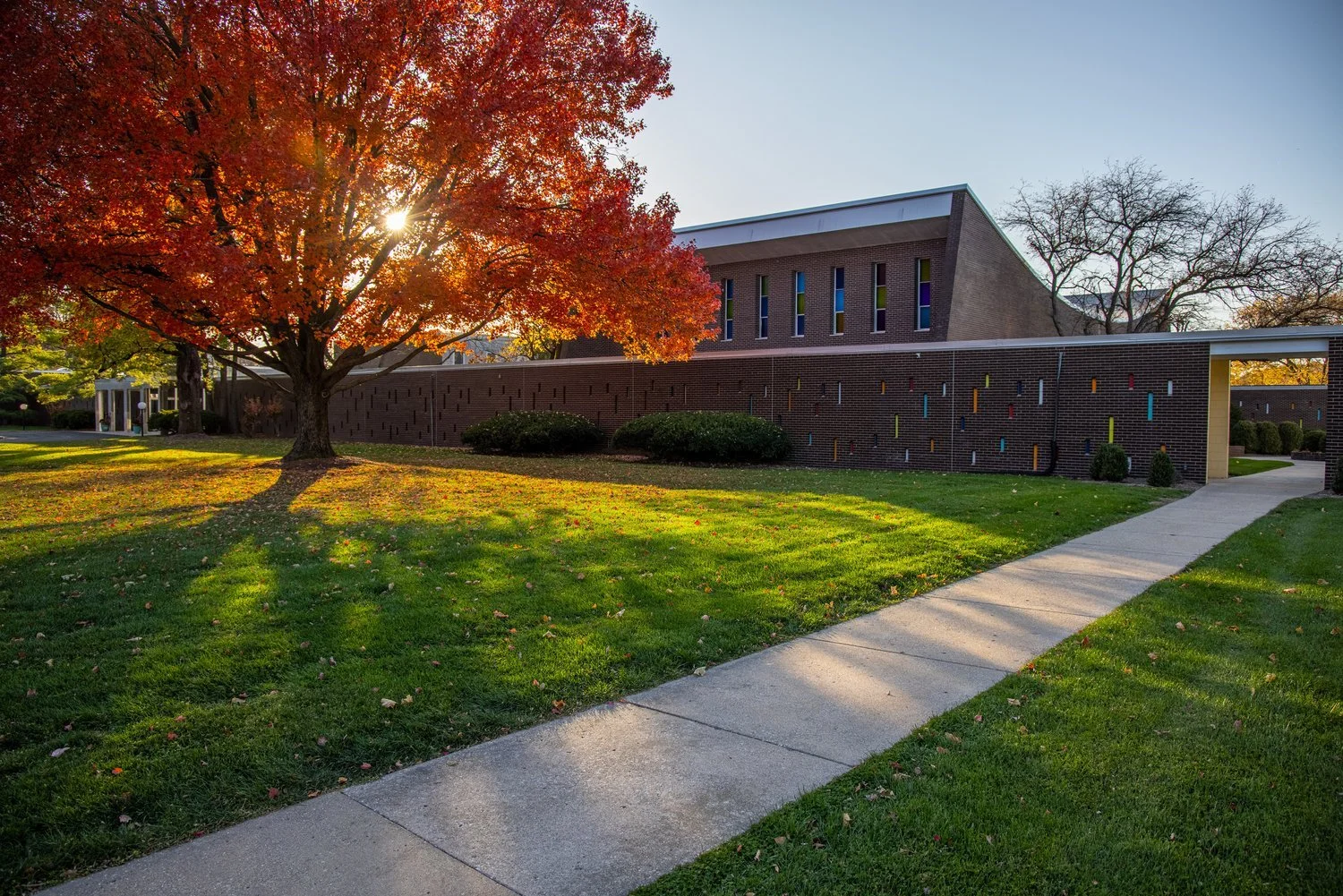One of the reasons Peoria Modern presents local, modern projects is to build a collective appreciation for the works, which leads to people advocating for their preservation. When this doesn’t occur, these works are forgotten.
The following article about a renowned modern residence, recently lost forever, exemplifies that preservation is not easy. It takes people who must first appreciate, then care, to keep the works intact.











